1. Massachusetts
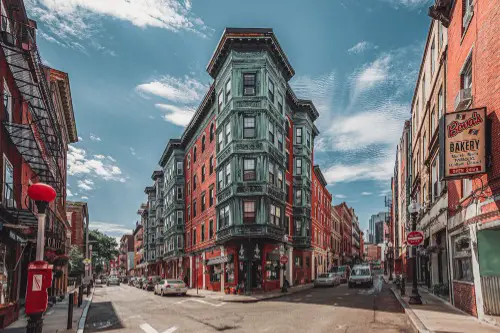
Massachusetts has emerged as the most challenging state for young adults to buy a home. In July 2025, the median listing price sat near $797,000—meaning a household would need around $210,000 in annual income just to afford it. Strong demand driven by top-tier schools and job opportunities in Greater Boston has intensified competition. Many hopeful first-time buyers end up extending their search hours away, often sacrificing lifestyle for affordability.
The reality hits hard when even professionals like financial officers at institutions like MIT feel priced out of their hometowns. People share stories like commuting from West Brookfield because it’s the only way to afford anything. That makes homeownership feel less like a milestone and more like a distant dream. First-time buyers are battling high costs and limited choices in a market that favors established wealth.
2. California
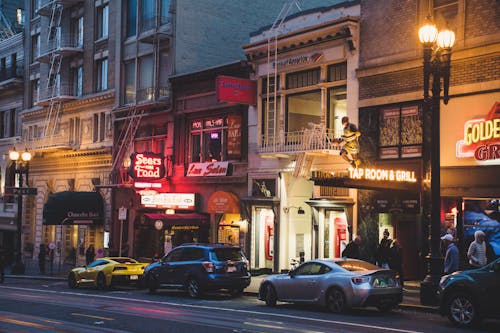
California remains infamous for its housing unaffordability, especially for people trying to get into their first home. Data shows only about 16% of would-be buyers can afford a median-priced single-family home in certain coastal counties. Places like San Mateo and Santa Clara demand annual household incomes well above $450,000 to qualify, creating a barrier that is nearly insurmountable. Decades of underbuilding and restrictive zoning have only tightened the squeeze.
Even beyond the major metros, the ripple effect of high prices and tight supply makes starter homes rare and expensive. Younger households are increasingly forced to compromise on location, commute length, or home size just to step onto the ladder. It’s not just numbers—it’s the frustration of seeing your region sliding beyond your reach. California keeps raising the bar while opportunities dwindle.
3. New York
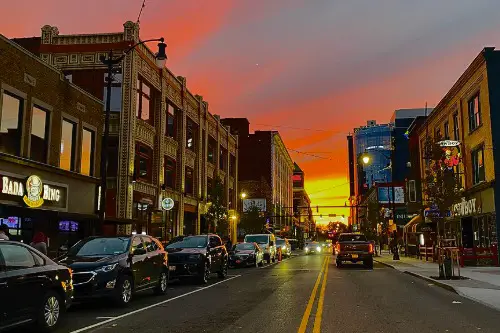
In New York, skyrocketing home prices and persistent supply constraints dominate the challenges for first-timer hopefuls. The state, especially around NYC, suffers from tight zoning and a lack of new inventory, keeping entry-level homes both expensive and rare. Even aspiring buyers who live paycheck-to-paycheck feel like they’re chasing shadows when listings disappear as quickly as they appear. First-time ownership becomes a balancing act of compromise: less space, longer commute, or delayed dreams.
Even outside the city, suburbs and upstate regions haven’t been kind to new buyers. Places like Westchester and Long Island remain expensive, with high taxes and competitive bidding wars. Many end up crossing into neighboring states just to find something affordable. For first-timers, New York often feels like opportunity rationed.
4. Hawaii

Hawaii may seem like paradise, but for first-time buyers it’s often a fantasy. Homes consistently fetch incredibly high prices thanks to limited land, construction costs, and nonstop demand from retirees and investors. Even the “starter” homes often cost far more than the median wage can support. It’s a state where ocean views come with ocean-deep price tags.
Local families struggle to compete with cash-rich buyers from the mainland, and rental stock is similarly pricey. The affordability gap between income and listing prices keeps growing. Many locals find themselves priced out of communities they’ve always known. For first-timers, the island dream comes at a cost they can’t bear.
5. Montana
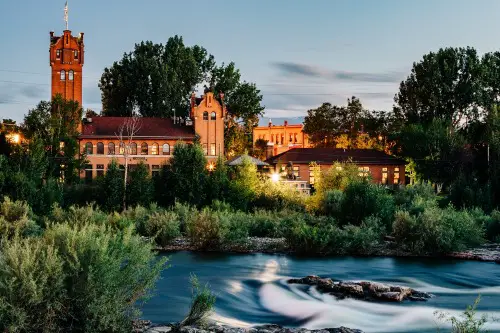
Montana leads the U.S. in affordability gap, where median incomes and home prices are wildly out of sync. In July 2025, the median home value was around $649,900, while household income hovered near $72,000—buyers technically needed roughly $171,300 to qualify. The surge of remote workers moving in post-pandemic has driven values up without a matching supply increase. What used to feel affordable and remote now feels financially exclusive.
Town like Missoula saw average prices climb from about $372,000 in 2020 to nearly $592,000 in 2025. Locals and first-timers watch that gap widen and feel locked out, even from homes in their own communities. Rural charm no longer equals accessibility when the market is flooded with buyers from pricier areas. For new buyers, the opportunity seems slipping farther away.
6. New Jersey
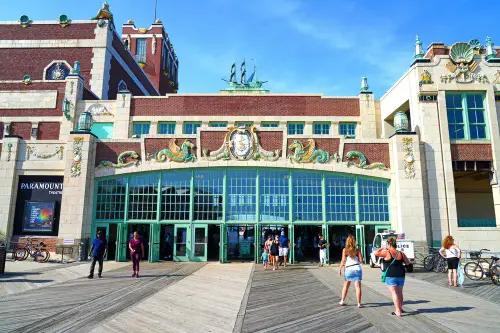
New Jersey’s proximity to major job centers, excellent schools, and amenities come at a steep price for first-time buyers. Home values remain elevated, and stiff property taxes add another layer of monthly expense. That’s a heavy load for people trying to save for a down payment while managing student loans or entry-level salaries. Many feel squeezed between regional draw and personal budget.
Areas that once welcomed young buyers are now pushing them out. New Jersey offers quality—but at rates that push hopeful newcomers to explore further, often across state lines. That creates a retreat instead of a stepping stone. The affordability gate feels locked tight for those just starting their journey.
7. Washington
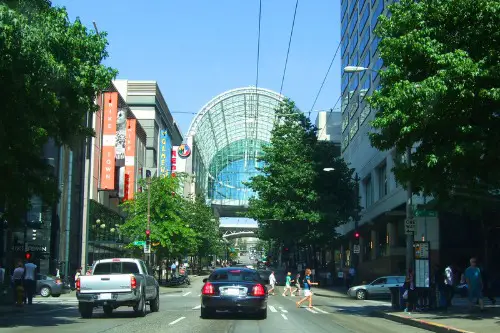
Seattle and its surrounding suburbs are infamous for pushing “starter” home prices into the seven-figure range. In some suburban markets, starter homes have hit $1 million-plus, making them aspirational in name only. That leap from past norms practically excludes first-timers from joining the real estate club. Housing supply can’t keep up with demand in a booming regional economy.
The result? Young buyers either double down on debt or double down on compromise—smaller homes, farther suburbs, or perpetual renting. The high-cost environment puts ownership out of reach before even taking the first step. It’s not just barriers—it’s barriers built with gold. For first-time buyers, the Seattle area feels like a castle with no drawbridge.
8. Colorado
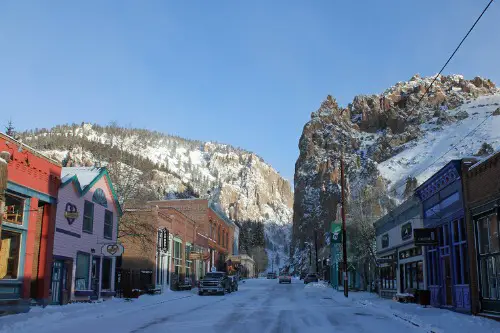
Yes, Colorado’s great outdoors and booming jobs are a big draw—but getting a starter home here has become anything but easy. Denver and other popular cities saw rapid appreciation during the pandemic, while new construction didn’t keep pace. Younger buyers who once imagined owning in mountain-close towns find themselves priced out or pushed to farther suburbs. It’s beauty that now costs too much.
Even as price growth cools in some markets, the gulf between income and home cost remains steep. Many are forced to choose between stretched budgets or stretched commutes. The dream of sharing a life amid the Rockies now comes with a high-cost premium. For first-time buyers, Colorado is paradise—with an expensive entrance fee.
9. Florida
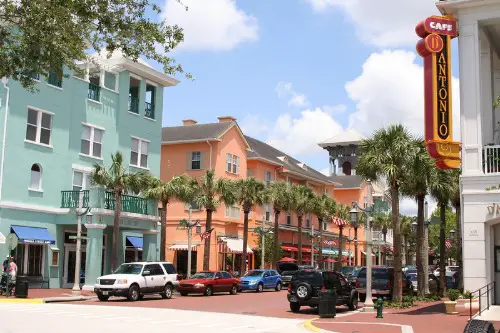
Florida once offered hope as an affordable alternative, but that’s changing fast. After pandemic-era demand spiked, prices soared—even if they’re now dipping, they remain high compared to income levels. Insurance costs and HOA fees stack on top of stagnant wages, eating into affordability. For many first-timers, the budget doesn’t stretch far enough.
Even when some markets retreat slightly, that doesn’t bring them back to realistic levels for new buyers. The Sunshine State may shine, but not for those hoping to take root. Younger locals watch friends move away, chasing affordability elsewhere. It’s a state where the welcome mat is getting harder to step onto.
10. Oregon

Oregon’s restrictive land-use planning—like urban growth boundaries—has helped fight sprawl but made entry prices climb. Around Portland, limited land supply fuels bidding wars on modest homes. That leaves first-time buyers either stuck renting or looking farther out. It’s beautiful, yes—but it’s also inaccessible to many hopeful owners.
Even in cities like Portland, the tight market means competition for every listing. The cost of living erodes what would otherwise be starter budgets. Buyers often have to stretch further—to suburbs or compromises. Affordability plays hide-and-seek here, and most first-timers can’t find it.
11. Washington, D.C.
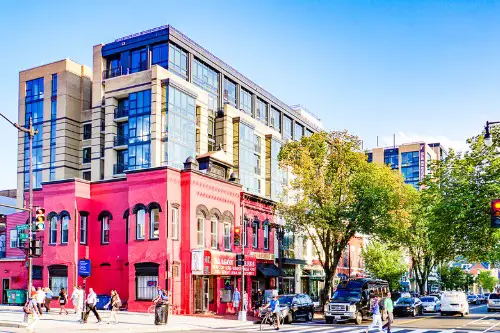
The D.C. metro area, including its suburbs, is notoriously expensive for first-time homeowners. Prices reflect the region’s economic and political clout, keeping supply under pressure. Even small homes demand big budgets, and competition pushes down wriggle room. Buyers often outbid each other before even securing mortgages.
The high pay that comes with D.C. jobs doesn’t always translate into affordability when even modest homes cost a fortune. First-timers regularly compromise—on school district, commute length, or square footage—just to afford anything. It’s a market that rewards those ahead, not those just starting out. Owning a first home around here feels like a privilege more than a possibility.
12. Rhode Island
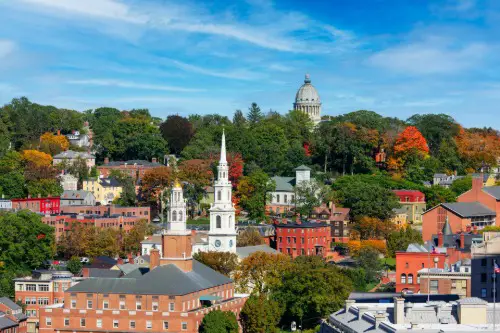
Rhode Island, though small, punches above its weight in housing costs. Median home values are high—in the top tier nationwide—making affordability tough to grasp for first-timers. Tight coastal land and limited inventory drive the scramble further. For many hopeful buyers, charm comes with a price they can’t meet.
The result? Young adults either wait it out or move out—even across the border into Massachusetts or Connecticut. That’s a bittersweet irony. It’s a state that promises quality and closeness, yet the cost locks out new hopefuls. Homeownership here feels like a rare ticket.
13. Connecticut

Connecticut’s mix of older housing, high taxes, and elevated home prices near job hubs make it tough for first-time buyers. Even smaller towns feel out of range when down payments and taxes chew up most of the budget. Many working families—think educators or healthcare professionals—find themselves priced out before even starting. The state’s charm and infrastructure remain intact—but out of financial reach.
The market edges out young buyers looking for a solid start near major cities. They end up chasing suburbs farther out or even considering moving out of state. Dreams of starter homes give way to rented ones with a view at a distance. For first-time buyers, Connecticut is a state of missed connections.
14. Illinois
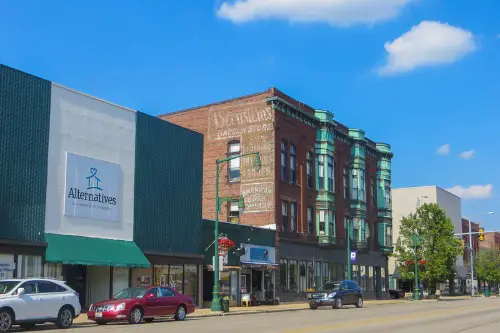
Chicago’s central areas may still harbor some relative affordability, but surrounding suburbs and high taxes squeeze new buyers. Inventory often skews older, meaning more repairs—and costs—are baked into the deal. First-time buyers must either stretch their funds or stretch their expectations. That adds friction to what should be a milestone moment.
Once-welcoming neighborhoods now feel like economic tightropes. With thin margins for error, even minor fixes can break budgets. Younger buyers frequently pause their plans or compromise heavily just to get onto the ladder. In Illinois, ownership is still possible—but only with careful strategy and sometimes compromise.
15. North Carolina
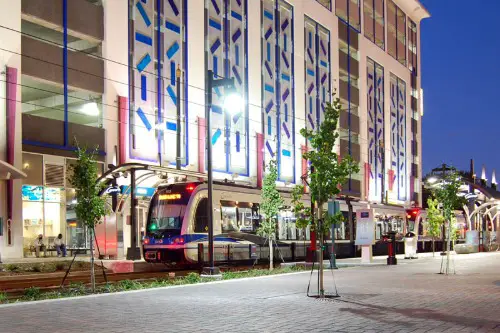
North Carolina’s hot markets—Charlotte and Raleigh especially—jumped in price post-pandemic, leaving first-timers scrambling. Median home values outpaced wage growth, and although some cooling is happening now, the gap remains. That leaves hopeful buyers adrift between ambition and practicality. Even with good job prospects, the market keeps pushing them back.
Young families and newcomers often settle for longer commutes or smaller towns—not out of choice, but necessity. The tension between opportunity and access remains steep. It’s a growing state—just not growing ownership equally. First-time buyers feel like they’re climbing—without a foothold.
16. Nevada

Nevada—especially spots like Las Vegas and Reno—has seen fast-rising home prices over the last few years, outpacing wage growth in many cases. The market’s volatility shocks buyers just stepping in. Even though it’s cheaper than coastal rivals, rapid demand and limited inventory leave first-timers pressed to find a foothold. It’s easy to get priced out in a flash here.
Casual workers or entry-level professionals face tough competition from investment buyers and speculators. Homes are snapped up quickly, sometimes for cash, making traditional mortgage paths feel slow. For those saving and planning, the right moment keeps slipping away. In Nevada, affordability is fleeting—for first-time buyers, that’s a big challenge.
This post 16 States Where First-Time Homebuyers Are Being Pushed Out was first published on American Charm.


